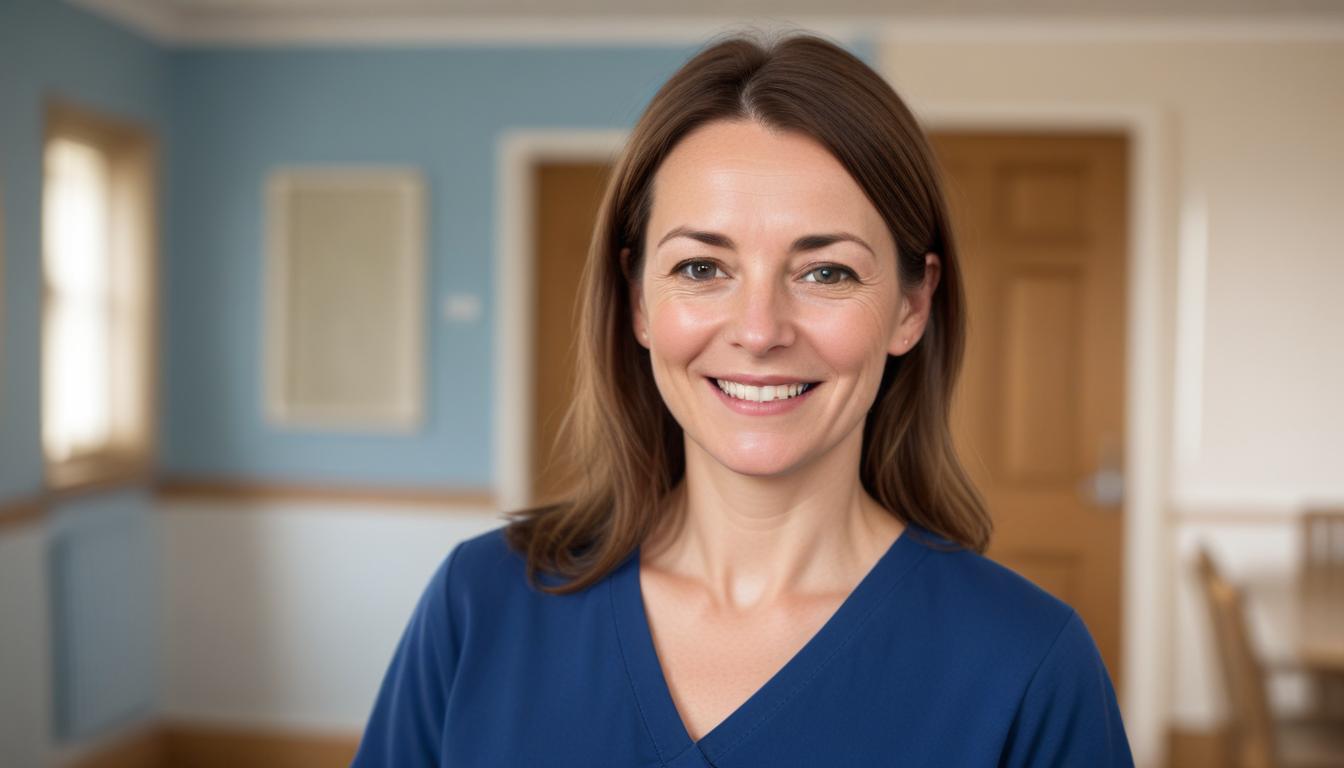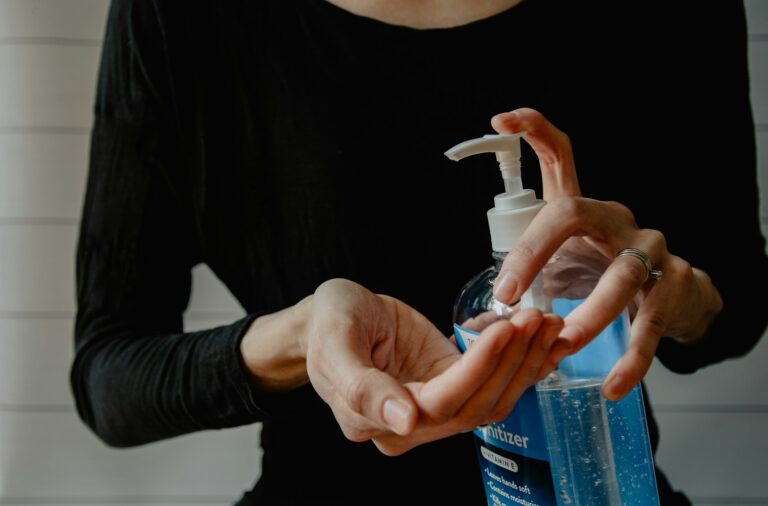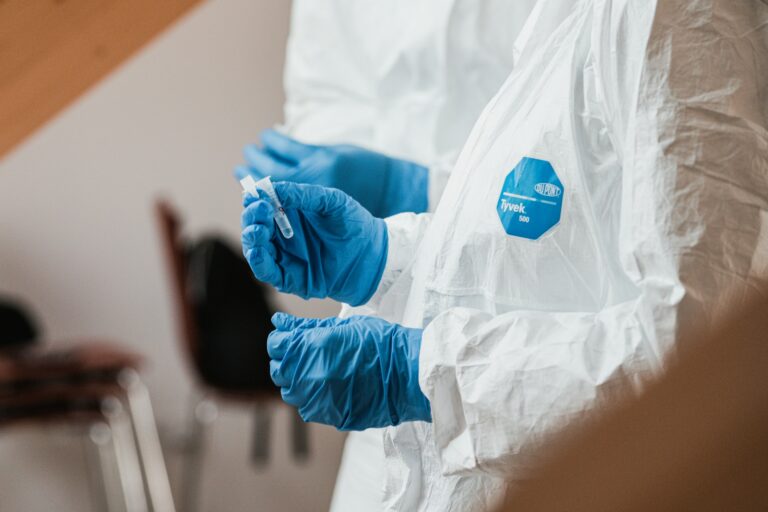Aerosol generating procedures (AGPs) are specific medical and care procedures that create tiny droplets and particles, known as aerosols. These aerosols can linger in the air for a period of time and carry infectious agents, including viruses and bacteria. The concern over AGPs heightened during the COVID-19 pandemic, but these procedures have long played a role in infection prevention and control, particularly in respiratory care.
What Are Aerosols?
Aerosols are minute particles or droplets that can float in the air. Unlike larger droplets, which quickly fall to surfaces because of gravity, aerosols can hang in the air for much longer. Breathing, talking, sneezing and coughing all generate droplets, but AGPs produce a much greater number and concentration of these tiny particles.
Aerosols are especially important in healthcare settings, since they can carry disease-causing agents well beyond the immediate area of the procedure. This is different from procedures that produce only large droplets, which tend to drop onto surfaces quickly rather than remain airborne.
Why Are AGPs so Concerning?
The primary concern with AGPs is that they can transmit infections through the air to healthcare workers or other people present. Some diseases, such as influenza and tuberculosis, are known to spread more easily via aerosols.
During an AGP, infectious particles can hang in the air, posing a risk even after the procedure ends. Standard precautions such as gloves, masks and regular cleaning usually control droplet transmission, but they may not be enough for airborne particles. This risk has shaped changing recommendations for personal protective equipment (PPE) across health and social care.
Common Aerosol Generating Procedures
The list of AGPs regularly changes, depending on new research and clinical experience. Some of the most commonly recognised AGPs include:
- Intubation and extubation (placing or removing a breathing tube)
- Tracheostomy procedures (creating or managing an opening in the neck to help with breathing)
- Manual ventilation before inserting a breathing tube
- Bronchoscopy (inserting a thin tube into the lungs)
- Non-invasive ventilation using masks (such as CPAP or BiPAP)
- High-flow nasal oxygen therapy
- Suctioning airways (removing mucus or fluid using a suction tube)
- Certain dental procedures, particularly those using high-speed drills
- Inducing sputum (encouraging a person to cough up phlegm for testing)
In social care settings, such as residential homes or community care, procedures like suctioning or nebuliser treatments can also generate aerosols. Even caring for someone with a tracheostomy requires special attention, since coughing or suctioning can send particles into the air.
AGPs and Respiratory Infections
Respiratory infections like influenza, tuberculosis and COVID-19 can all spread through aerosols. Since AGPs produce more aerosols, these procedures can increase the risk of transmitting these illnesses. Staff present during an AGP can inhale these particles if the right precautions are not in place.
For this reason, infection control teams carefully plan where and how AGPs are carried out. Areas where AGPs are common, such as intensive care units or respiratory wards, usually have special ventilation systems. Understanding which procedures are AGPs helps prevent outbreaks and keeps both staff and people using services safe.
PPE and Infection Control Measures
Managing the risks associated with AGPs requires extra steps beyond those used for other care activities. Protective measures aim to:
- Stop infectious aerosols leaving the immediate area
- Reduce time spent in an environment where AGPs are in progress or have just finished
- Protect all staff participating with suitable PPE
Staff wear specific PPE during AGPs, which usually includes:
- FFP3 or FFP2 (N95) respirators—these offer greater protection than standard surgical masks
- Face shields or goggles to protect the eyes from splashes
- Disposable gowns; long-sleeved fluid-resistant gowns for higher risk
- Gloves
These items are used over and above standard gloves and aprons. Facilities may keep a dedicated set of PPE for use only during AGPs.
Other measures include:
- Carrying out AGPs in rooms with special ventilation (negative pressure rooms if available)
- Limiting the number of staff present during the AGP
- Giving time for the air to clear after procedures, particularly if the room has poor ventilation
Guidance and Regulations in the UK
Public Health England, along with the NHS, regularly updates advice on AGPs. Local infection prevention and control teams must follow this guidance to reduce risk and make sure both staff and people receiving care are protected.
Key UK guidance includes:
- An official list of AGPs, updated as new evidence becomes available
- Recommendations on controlling the spread of airborne infections
- Advice about correct donning (putting on) and doffing (removing) of PPE
- Specifications for rooms and ventilation where AGPs are common
Social care providers rely on this information when training staff, especially if caring for people with chronic respiratory conditions or those requiring advanced care.
Training and Awareness
Training for AGPs is thorough and ongoing. Staff must know not only how to carry out the procedure but also how to protect themselves and others. Topics covered in training include:
- Identifying which activities are AGPs
- Risks posed by infected aerosols
- How to use PPE correctly (and when to change it)
- Cleaning and decontamination after AGPs
- Responding to spills, splashes or accidental exposures
Education about AGPs extends beyond clinical staff. Cleaners, porters and support workers in healthcare and care homes must also know what happens during an AGP and what precautions they need to take.
AGPs in Social Care Settings
Though AGPs are closely associated with hospitals, they are also found in community settings. For example, home-based care for people with motor neurone disease, muscular dystrophy or other conditions that affect breathing may involve suction or tracheostomy care. Nursing homes may support people who need nebulisers or non-invasive ventilation.
Social care staff adapt infection control practices to the care environment they are working in. This may mean:
- Using portable extraction fans to improve ventilation
- Scheduling aerosol generating care for specific times so fewer people are present
- Offering training focused on AGPs in the context of home care or supported living
Myths and Misunderstandings
People often confuse AGPs with any procedure that produces a spray or mist—such as cleaning with sprays or bathing with jets. While these actions can create droplets, AGPs specifically refer to procedures that create aerosols likely to carry infectious particles from the lungs or respiratory tract.
Not all procedures that seem messy or “splashy” count as AGPs. The difference is whether the procedure can create fine airborne particles capable of carrying infection over distance and for long periods.
Developing Evidence and Changing Practices
Our understanding of AGPs is always developing. For instance, during the early days of the COVID-19 pandemic, experts debated which procedures needed extra precautions. Special studies looked at how long different viruses survive in aerosols and how far they spread in various environments.
As more evidence comes to light, UK health authorities adapt their guidance. Procedures once thought to be high risk may drop off the AGP list, while new technologies or techniques may be added if there’s evidence they produce risky aerosols.
The Importance of Good Communication
Performing AGPs can be intimidating for both the person receiving care and the staff delivering it. Open, clear communication helps to:
- Reassure people using services about the extra PPE and steps
- Keep other staff informed about when AGPs will take place
- Support a culture of safety throughout health and social care
Relatives or visitors may worry when they see staff in full PPE. Explaining the reasons behind these steps helps maintain trust and understanding.
Reducing Risk After an AGP
Once an AGP finishes, infectious aerosols may still float in the air. Actions taken afterwards are equally important in keeping everyone safe. Post-procedure measures might cover:
- Keeping the room empty for a set period
- Using high-efficiency air filters to remove particles quickly
- Cleaning all surfaces that may have come into contact with aerosols
- Disposing of PPE carefully after use
Staff must receive regular updates on how to carry out these steps properly, since recommendations can change.
Practical Considerations for Health and Social Care Workers
AGPs often involve working under pressure, especially in emergencies. Balancing safety with compassionate care is a constant challenge. Staff need practical solutions such as:
- Locating and donning PPE quickly
- Adapting procedures for people who are anxious or confused
- Managing daily care tasks alongside infection control duties
- Looking after their own wellbeing, especially during outbreaks
Many organisations have developed local process maps, “quick guides,” or visual reminders posted near procedure areas to support best practice.
AGPs and the Wider Community
Understanding and managing AGPs does not stop at the hospital door. Community care teams, GPs, ambulance services, dental practices and care homes all face the same issues, though on a different scale.
Approaches may vary, but the overall objectives remain:
- Reducing airborne infection risks
- Protecting staff, people using services and visitors
- Responding flexibly to new evidence
Final Thoughts
AGPs are procedures that release tiny airborne droplets which can carry infectious agents further and for longer than larger droplets do.
These procedures range from complex hospital tasks to care-based interventions in the community. A shared understanding, the right equipment, and good communication are essential for safe practice wherever AGPs take place.
Subscribe to Newsletter
Get the latest news and updates from Care Learning and be first to know about our free courses when they launch.







